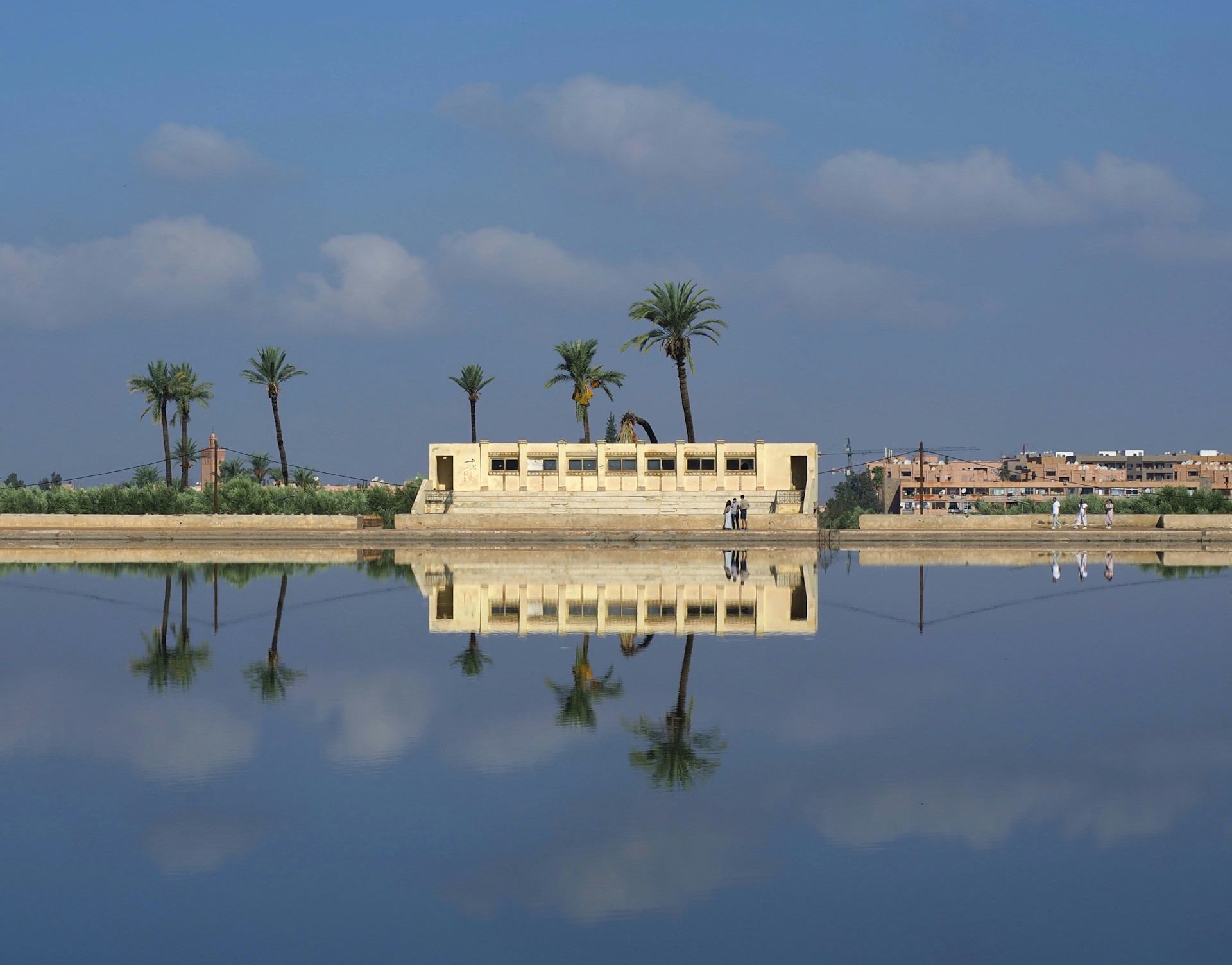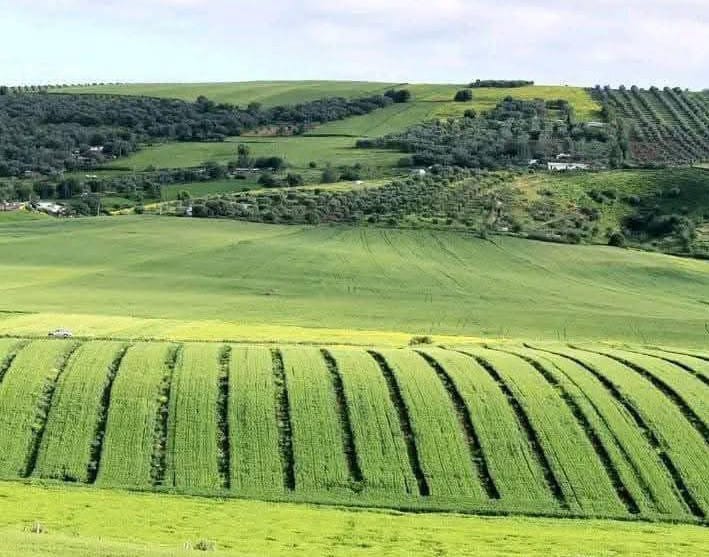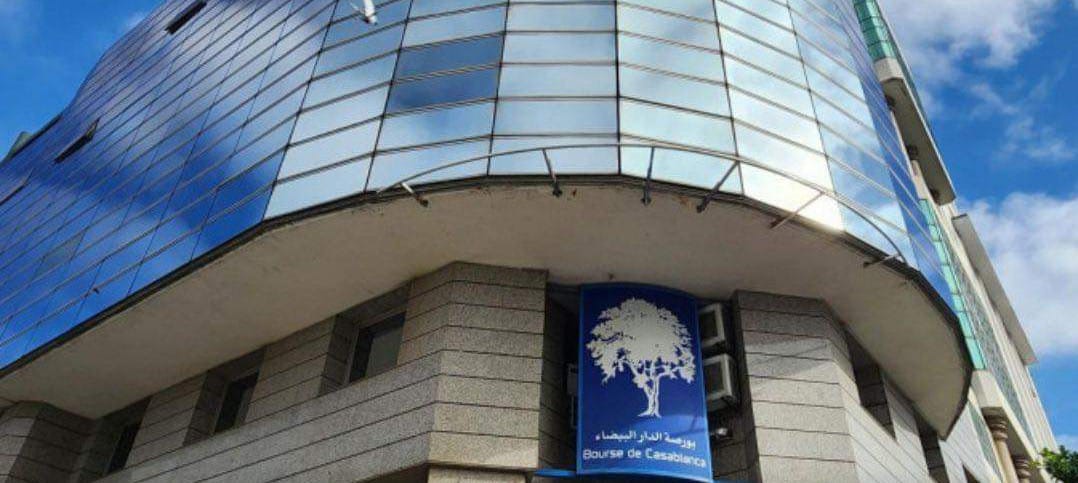Casablanca – Morocco’s agricultural sector is grappling with significant challenges in 2024, as the country continues to face persistent drought and declining crop yields. A recent report by the Directorate of Financial Studies and Forecasts reveals that Morocco’s grain harvest has plunged by 43%, reaching only 31.2 million quintals, compared to 55.1 million quintals in the 2022-2023 season. This decline is attributed to prolonged drought and water scarcity, which have impacted grain production across the country.
The production of Morocco’s three main cereals has been hit hardest by these adverse conditions. Soft wheat production has fallen to 17.5 million quintals, durum wheat to 7.1 million quintals, and barley to 6.6 million quintals, marking a sharp decrease in a country that relies heavily on these staples. The drought, now entering its third consecutive year, has exacerbated these declines, particularly in regions where rainfall has been scarce.
Despite the difficulties in grain production, some sectors of Moroccan agriculture have managed to perform better, thanks to favorable rains during critical growth stages. Sugar beet production has been estimated at 1.5 million tons, while sugar cane output reached 330,000 tons. Similarly, the vegetable sector has maintained relatively stable production levels, with around 8.4 million tons harvested despite the tough climatic conditions. Livestock farming has also remained resilient, supported by government initiatives aimed at reducing the impact of reduced rainfall.
The agricultural export sector, however, has faced a slight decline. Exports of agricultural and food products were valued at approximately $4.76 billion by the end of the first half of 2024, marking a 2.6% decrease compared to the previous year. This decline is largely driven by a 5.6% drop in food industry exports, though exports of agricultural, forestry, and fishing products have remained stable.
While crop production has struggled, Morocco’s coastal and artisanal fishing sector has seen significant growth. In July 2024, fishing volumes and values surged by 102%, fueled by a 117% increase in pelagic fish catches, alongside notable gains in squid, white fish, and crustaceans. The fishing sector’s performance offers a rare bright spot in an otherwise challenging year for the country’s broader agricultural industry.
Mohamed Sadiki, Morocco’s Minister of Agriculture, Maritime Fisheries, Rural Development, Water, and Forests, acknowledged the difficulties facing the country’s agricultural sector in a recent interview. He pointed out that this year’s grain harvest is expected to range between 30 and 33 million quintals, significantly below the 55 million quintals recorded last year. He also highlighted that, for the first time in 40 years, cultivated land has shrunk dramatically, with only 2.5 million hectares plowed, compared to a historical average of over 3.6 million hectares.
The shrinking agricultural land is directly linked to the severe drought that hit Morocco at the start of the 2024 farming season. The lack of rain discouraged many farmers from planting, particularly in dry regions, leading to reduced crop yields. Nevertheless, Sadiki noted that rains in February and March helped improve crop growth in certain areas, such as Fez-Meknes, Gharb, Loukos, and north of Casablanca.
As Morocco faces continued climate challenges, the agricultural sector’s struggles are likely to persist. The government’s efforts to mitigate the impact of drought, through targeted support and infrastructure investments, are crucial. However, the sector’s recovery depends largely on improved weather conditions and long-term solutions to address the country’s growing water scarcity.
















